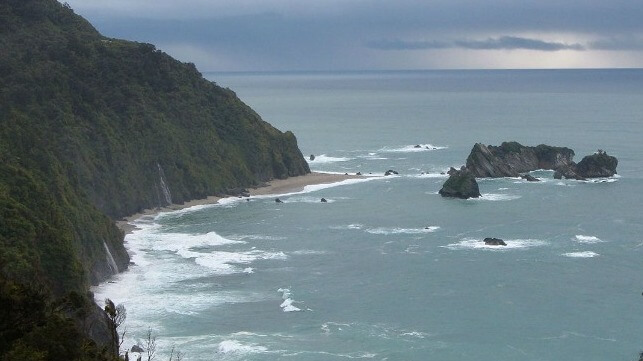New Zealand Explores Offshore Renewable Energy Development

The government of New Zealand is seeking public feedback on proposals for the development of offshore renewable energy capacity in the country. The proposals were developed by the Ministry of Business, Innovation and Employment (MBIE), and are based on preliminary discussions with offshore wind developers and communities from regions that would host the offshore wind farms.
The consultation period on the proposals will run from December 2022 to April 2023. The government says it will use the collected public views to enable the Ministry of Energy and Resources to develop a national regulatory framework for the development of offshore renewable energy.
The current round of discussion primarily focuses on the regulatory settings necessary to enable prospective developers to explore the feasibility of developing offshore energy infrastructure in New Zealand’s waters. A second consultation step planned for 2023 will delve deeper into broader regulatory settings for how the infrastructure will be constructed, operated, and decommissioned.
“Offshore renewables have the potential to produce the electricity needed to replace fossil fuels and support New Zealand’s transition to net zero by 2050,” said Dr. Megan Woods, New Zealand’s Energy and Resources Minister. “The proposals we have released set out potential approaches to manage feasibility activity, with consideration to environmental and cultural factors alongside commercial viability. This delivers on our commitment to regulate this promising area of renewable energy production, so investors have certainty and can get assessments underway as soon as possible.”
New Zealand and neighboring Australia have lagged behind many developed nations in the exploration of their offshore renewable energy resources. Australia, for example, only passed its enabling legislation establishing the framework for the development of offshore wind energy resources in late 2021.
Several offshore wind developers have expressed interest in New Zealand’s offshore wind resources. Regions identified as potentially viable for both fixed and floating foundation wind turbines include Waikato, South Taranaki Bight, North Taranaki Bight, and Southland.
In June, Copenhagen Infrastructure Partners and the New Zealand Superannuation Fund submitted a pre-activity notice to New Zealand’s Environment Protection Authority. They commenced a study at a potential site in the South Taranaki Bight in September. The aim is to identify the requirements needed to support the future development and operation of a 1 GW South Taranaki offshore wind farm.
As the efforts to explore offshore wind energy development proceed, the government is looking to a broader strategy that would transition from the current offshore oil and gas operations. In announcing the projects exploring wind energy, Minister Woods also said that the government is deferring decisions on future petroleum block offers. The plan is to withhold further petroleum exploration permits granted, beyond what is already underway, until early in the next parliamentary term.
In 2018, the previous coalition government announced an end to new offshore oil drilling but committed to three rounds of block offers (2018, 2019, and 2020). Two of these tenders have been completed but the last one (2020) remains in progress.
“I am not committing to any further block offers now. This government is committed to scaling up the renewable energy sector to phase out harmful fossil fuels,” said Minister Woods.
